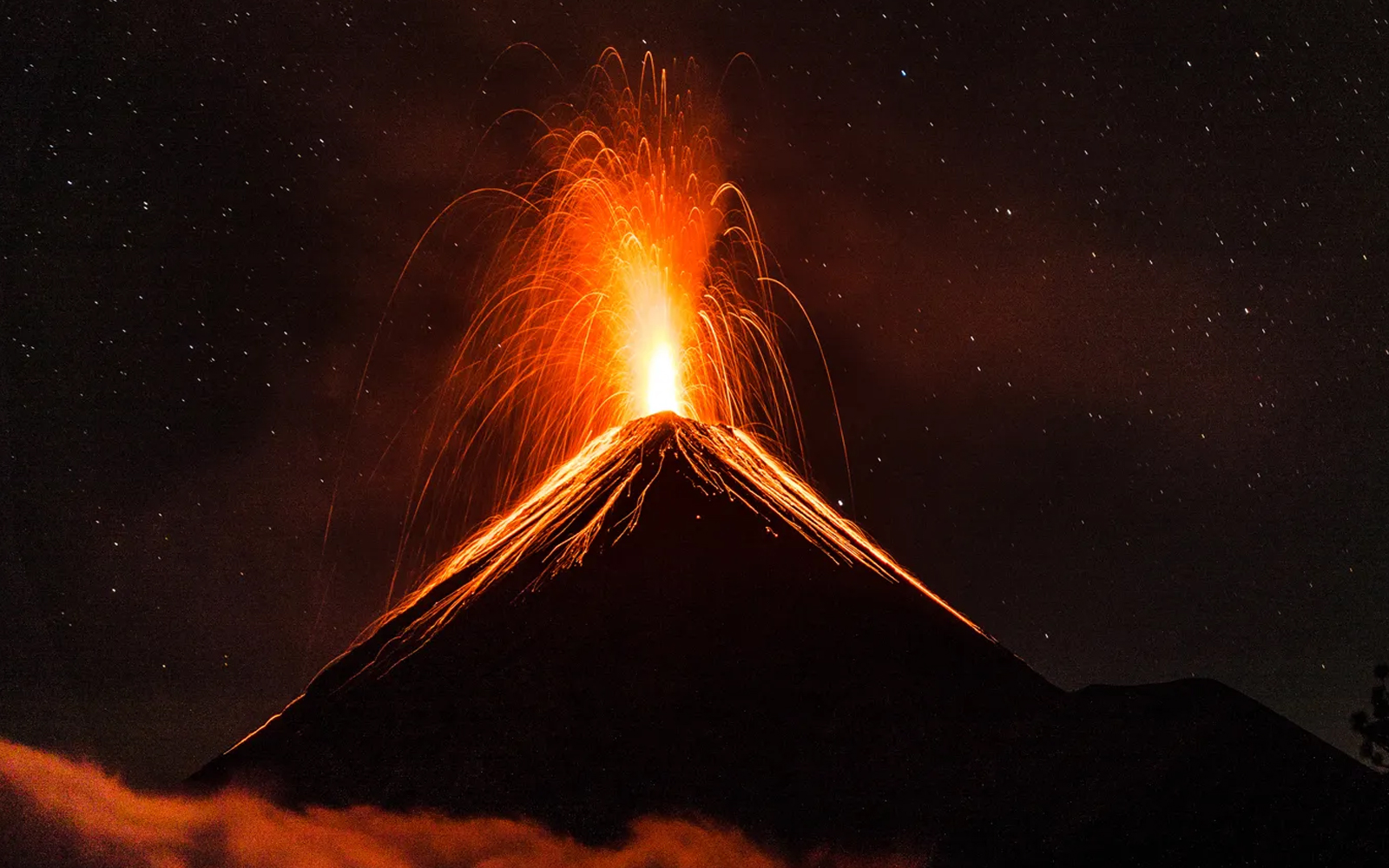
Nearly one in every ten people in the world lives within a 100-kilometer radius of an active volcano. For those living in close proximity to volcanoes, cultivating their fertile soil, or experiencing their magnificent landscapes, understanding the causes of eruptions is crucial. Scientists from the University of Queensland, led by Teresa Ubide, have developed a new method that could provide more accurate information about the progression and future development of volcanic eruptions.
The research, the results of which were published this week in the scientific journal Science Advances, utilizes laser technology to determine the chemical composition of solidified magma over time. Since the chemical structure of magma affects its fluidity, explosiveness, and hazardousness, this work could potentially aid in future monitoring and prediction of volcanic eruptions.
Volcanic eruption forecast
Magma is a term used to describe a mixture of molten rocks, gases, and crystals that evolve as the temperature of the magma decreases during its journey to the Earth’s surface. When a volcano erupts and magma transforms into a lava flow, it releases gases that include water vapor, carbon dioxide, sulfur dioxide, and other compounds. Subsequently, it cools down and forms volcanic rock.
Scientists utilized an ultraviolet laser, similar to those used in eye surgery, to “dislodge” cooled molten material between larger crystals. Subsequently, the released particles were analyzed using mass spectrometry to determine their chemical composition. In comparison to traditional rock analysis, this allows for faster and more detailed measurements of the chemical composition of molten material and its evolution over time.
The study focused on the 2021 eruption on La Palma, considered the most destructive volcanic eruption in the history of the Canary Islands. From September to December 2021, a total of 160 million cubic meters of lava covered an area of over 12 square kilometers. The lava destroyed over 1,600 homes, forced the evacuation of over 7,000 people, and caused damages exceeding 860 million euros.
What did the analysis reveal?
Scientists systematically analyzed lava samples collected by collaborators in Spain over a period of three months during the eruption. These samples are highly valuable because they provide the precise date of the eruption, and many sampling sites are now covered by subsequent lava flows. Using laser techniques, they tracked changes in the chemical composition of the lava associated with variations in seismic activity, sulfur dioxide emissions, eruption style, and resulting hazards.
Approximately two weeks before the end of the eruption, a crucial change in the chemical composition of the lava was identified, indicating the cooling of the magma due to its decreasing supply. Similar changes could serve as a signal for the waning phase of eruptions in future volcanic outbreaks worldwide.
“While we cannot prevent volcanic eruptions and we are yet to traverse their interiors as imagined by the French science fiction author Jules Verne, volcano monitoring has significantly improved in recent decades, enabling us to indirectly ‘peer’ into their inner workings and better predict their activity,” the scientists state.
A Look into the Inner Workings of a Volcano
“This high-resolution technique provides clearer insights into the chemical processes occurring within volcano magma, which is crucial for predicting eruption patterns and changes,” explains Teresa Ubide. She describes magma as the “source code” of volcanoes, providing information about eruption styles and lava flows.
The aim of this research is to provide a laboratory tool for testing volcanic samples collected during future volcanic eruptions. This should enable further exploration of eruption development, understanding why they start and when they will end.


